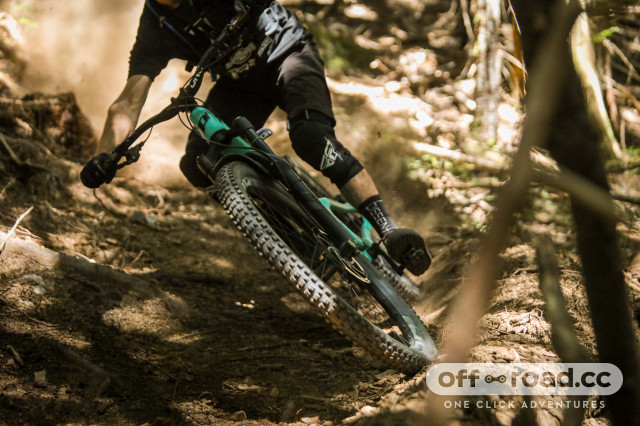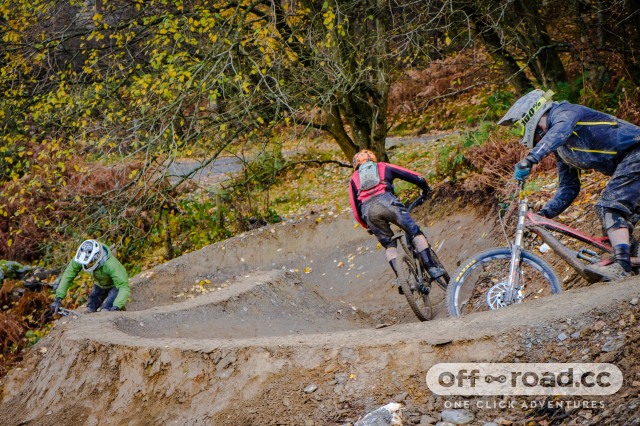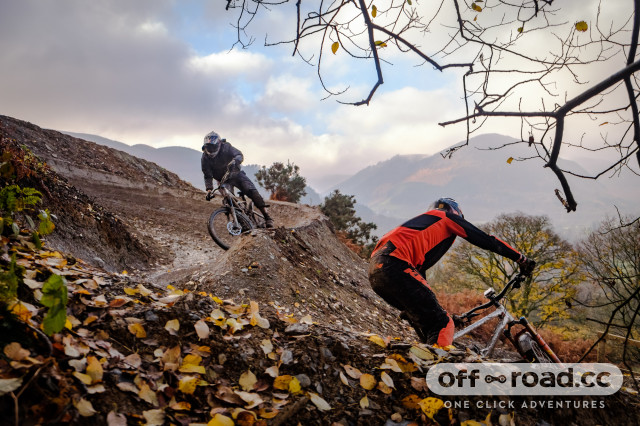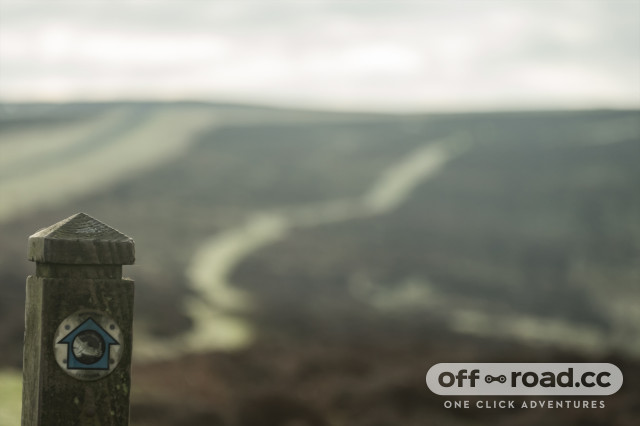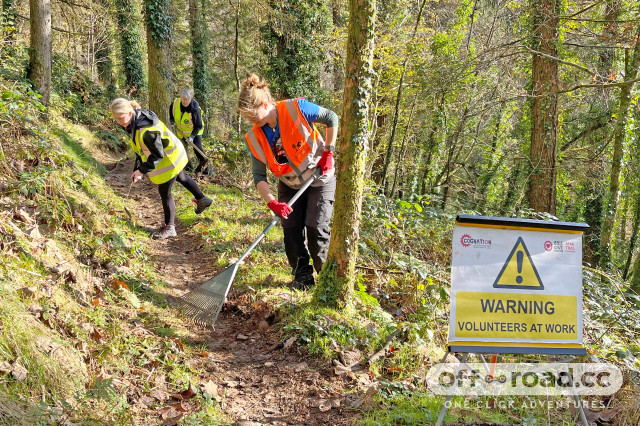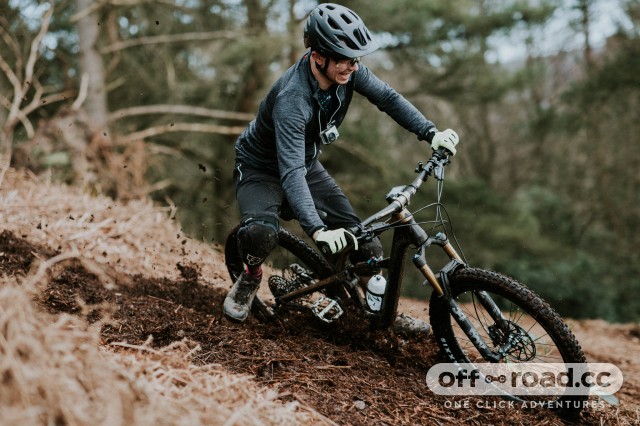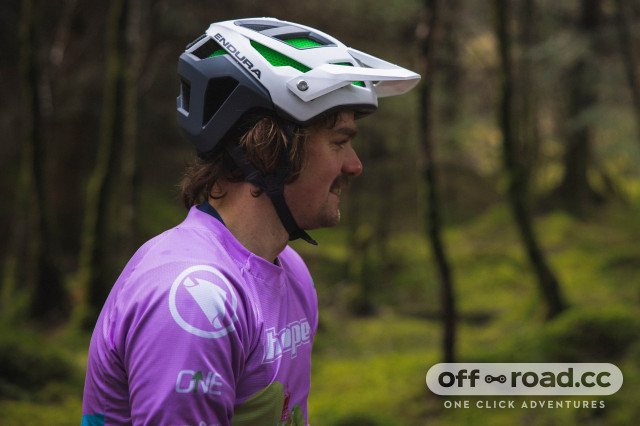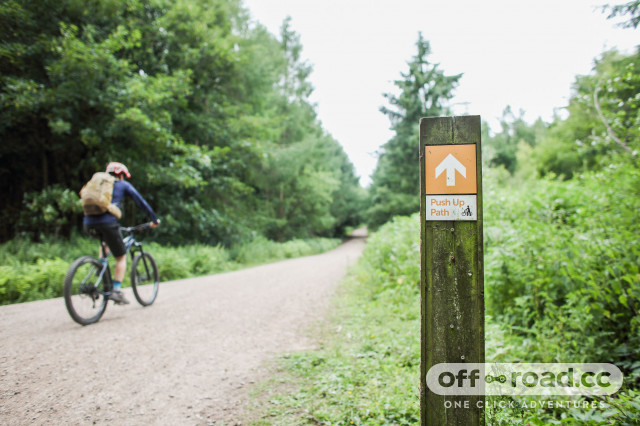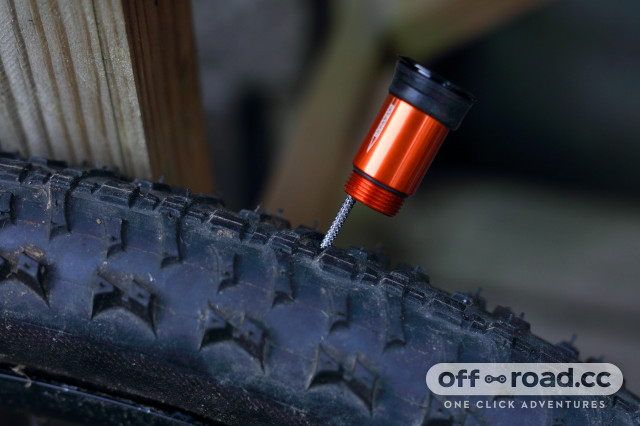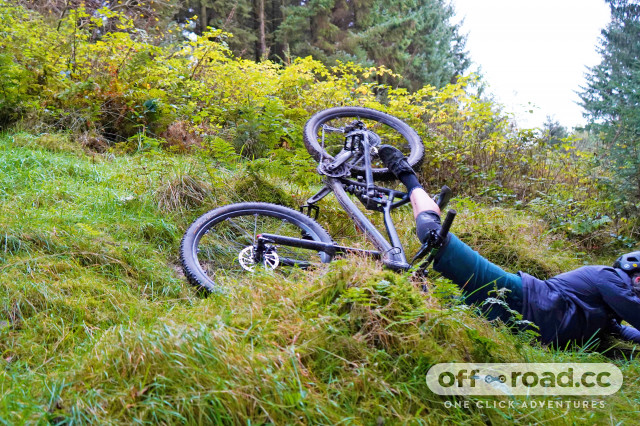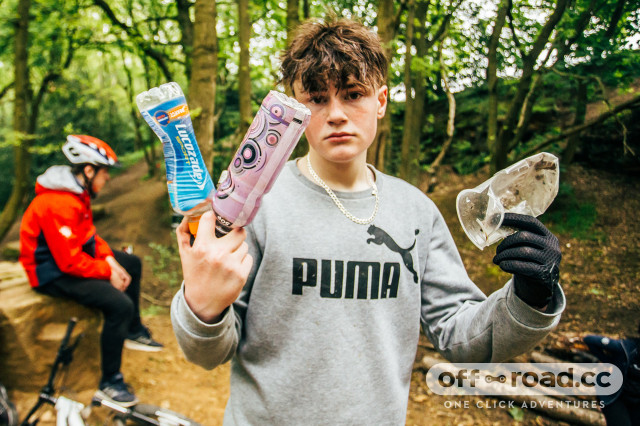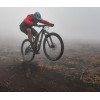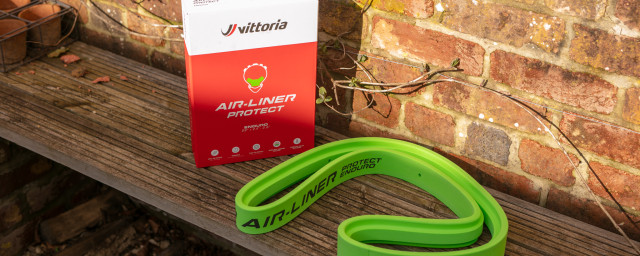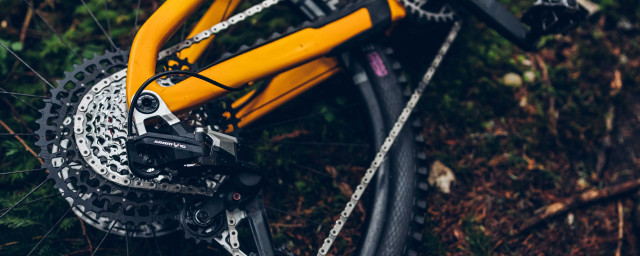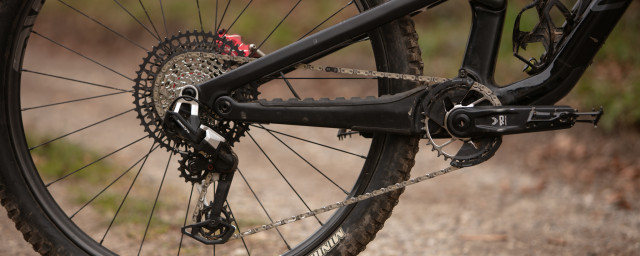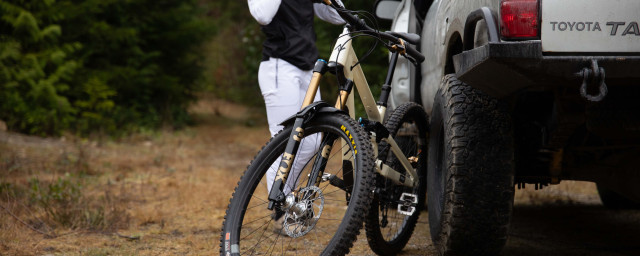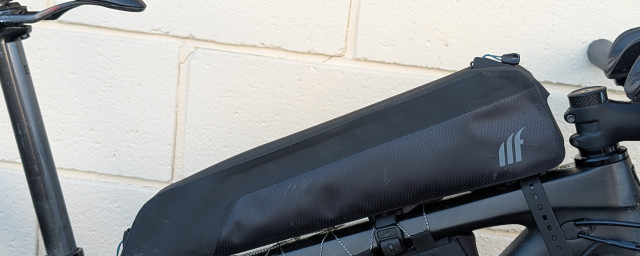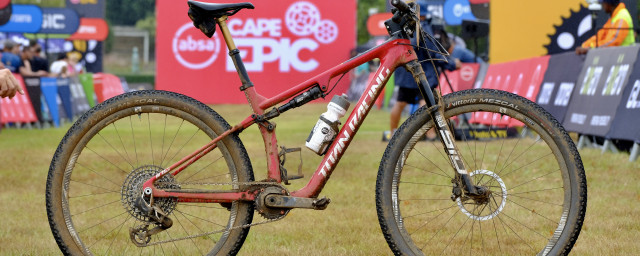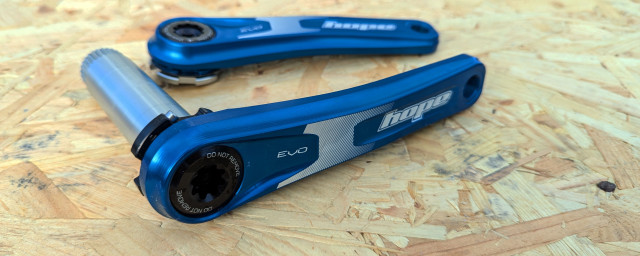Mountain bike etiquette - the lowdown on trail-side manners

Mountain biking is one of the best outdoor, adventure and mindfulness activities you'll ever participate in. Blending the proven mental health benefits of the great outdoors with the thrill of riding, mountain biking is a positive experience.
- Mountain bike size guide - how to get the perfect fit
- How to ride berms - everything you need to know
- The 6 best ways to find new mountain bike and gravel bike trails
But the potential for conflict is significant. Singletrack trails are a precious resource and there’s literally little room for error. Having a toxic encounter with another rider when trail riding, can ruin your entire weekend. So what are the rules and general themes of trail etiquette?
To help you pay it forward and be a good agent for all that is healthy and mindful about mountain biking, we’ve compiled a short guide on what you should – and shouldn’t do – in several situations.
Know your limits and be humble
Strava doesn’t lie. You might think you are fast, but contrast your times on a specific trail with a pro rider and you’ll realise how vast the chasm in riding skill and speed can be between mountain bikers.
The discrepancy in skill and speed can become an issue when trails are crowded. Or when riders in a group wish to drop into a singletrack descent. Always err on the side of caution. Let others go ahead if you aren’t confident of your skill and speed on a specific trail. You don’t want to become the rolling speed bump.
Some of the worst Dunning-Kruger offenders in mountain biking are average riders. It’s pointless having a Nino Schurter/Tom Pidcock battle on your local singletrack loop, swapping positions every few hundred yards.
Unless you are confident of being able to open an out-of-sight gap on a rider in front of you, let them be and rather follow. Besides, the aero benefit of trailing a riding of similar ability, even off-road, must never be underestimated.
Don’t buzz slower riders if you are fast
The principle of humility applies to skilled and speedy riders, too. As the more experienced and capable mountain biker, you must be mindful of newbies or slower riders.
It’s terrible trail etiquette to buzz someone’s rear tyre on a narrow trail with little room to manoeuvre. This behaviour begets the potential for crashing and is the antithesis of pay-it-forward mountain biking.
Plan your passes – with politeness
Not all singletrack trails have adequate space to pass, but many do. Be patient if you are behind a slower rider and wish to overtake.
Communicate politely by asking them if your passing manoeuvre is okay. Don’t command. Request. Instead of telling a slower rider that, “I’m passing you on the left,” it’s much better to ask, “can I pass you on the left, in 30 yards?”
Getting entangled in a slow-speed overtaking crash is ridiculous, embarrassing, potentially expensive and utterly avoidable.
It's worth remembering that the forests aren't there just for us mountain bikers. Other groups, such as ramblers and horse riders have equal shares to enjoy our countryside.
With horses especially, take the time to slow down and make yourself known regardless of where you are on the trail. While it's a tonne of fun pinning it down a fire road at the speed of sound, it can be incredibly startling to horses and walkers. The former could even lead to injury to yourself, the horse or the rider.
Something that some will consider a little dorky but is actually almost invaluable is a bell. Several brands have mountain bike-specific bells, such as Granite Designs with the Cricket bell.
Don’t trespass
Since mountain biking started in the mid-1970s, trail access and land use have been contentious issues. Mountain bikers are held to a higher standard than other outdoor users, and you should always aim to be the best ambassador for off-road riding.
It might be tantalising to venture onto those hiking trails, but unless they are marked as dual-use trails, you are poaching. And nothing undoes years of careful negotiation with other trail users and land owners than mountain bikers riding illegally – and feigning ignorance when caught. It’s just not worth it.
Stay on the official trails and allow mountain biking’s skilled trail builders and land use negotiators to do their thing. In the long run, we all desire an expanding trail network, not a truncated one.
Think of the trail builders
In no other outdoor activity is so much done, by so few, to the benefit of all. We’re referring to trail builders and their fundamental contribution to mountain biking.
Without dedicated, skilled, hardy trail builders, mountain biking would be limited to fire roads without singletrack. And as any mountain biking will attest, singletrack trails define the riding experience.
You might not have the time or skill to help dig trails, but you can show appreciation for what trail builders do by not gratuitously destroying trails. Overzealous rear-wheel brake lockup into switchback corners triggers the most avoidable and destructive trail wear. And it’s desperately unnecessary.
Control your speed and ride with flow. Creating braking bumps by grabbing a handful of brake levers a few yards from the corner turn-in shows a distinct lack of riding skill and disregard for the person who shaped the trail you are riding on.
And while it might be unpleasant, try to not ride around puddles. Mountain biking causes erosion to our lovely landscape, and (while we've all done it) riding around a puddle only makes the problem worse by unnecessarily widening the trail.
Apart from damp feet, there's little harm in blasting through a puddle, so why not? Puddles make for great manual and bunny hop practice if you're really worried about damp piggies.
Make sure you have the right equipment
Although wearing a helmet is not a legal requirement in the UK, you'll find that most bike parks enforce a strict "no helmet, no ride" policy. Neglecting to wear a helmet not only puts you in danger, but it hands the responsibility of your life upon others around you, be it other trail users and/or the emergency services.
Even when cycling uphill or to the parking machine from your car, your helmet should be firmly planted on your head, as even the seemingly silliest of crashes can have massive consequences.
The best mountain bike helmets can get mighty pricey, but they can also be picked up for as little as £30, so there's absolutely no excuse for wearing one when you're out on the bike.
Ride in the right direction - and stay clear of the trail
As we’ve mentioned, singletrack trails are narrow and have little margin for error. The speeds can be high, too, creating a potentially collision-rich environment. This is why most trails are also designed to be one-way.
While the climbs can look much more fun as a descent, don't be tempted to ride a trail the wrong way. Riding a trail in the wrong direction puts you and other riders in a significant level of danger.
Once on your bike, take extra care to scout trail signs that indicate the right of way. If a trail is closed for any reason, follow the diversion signs instead. If, for any reason, you need to backtrack on your ride, get off your bike and walk to the side of the trail, but not on it.
Another mountain biking’s absolute iron law mandates that you much stay clear of the trail, after suffering a mechanical or needing to stop for whatever reason. Did your GoPro fall off? Flatted through that rock garden? Okay. Get off the trail and assess. But never linger on the trail, or even worse, start walking/riding up it to find a dropped item.
To move contra-traffic on a singletrack trail, carefully navigate along the trail side. It might be slow going, but it’s the safer and more considerate thing to do.
If you are the static feature stopped in the middle of any trail, a speeding rider must take the risk of emergency braking and avoidance. This effectively forces them into having a controlled crash – which is grave trail injustice.
You are your own welfare
Modern mountain bikes are terrifically reliable. For the average rider, a mechanical issue beyond flat tyres is rare. That said, you should not rely on your mountain bike being infallible.
Always carry a multi-tool with you and some items from the puncture repair kit. Expecting to borrow from others is inherently selfish. It also exposes fellow mountain bikers, who have taken the responsibility of preparedness, to a compromised ride if they encounter a mechanical issue later on.
The principle of mechanical preparedness extends to your sustainability as a rider. Hydration and nutrition are your core responsibilities. Don’t rely on finding water and snacks on a route. Be sure to carry your own.
Check on others
We've all been there, sat at the trailside with a mechanical, and you've only gone and forgotten a much-needed tool. It doesn't cost anything to give a quick "are you ok?" to someone who may be in a similar situation.
Even if you haven't got anything that could help, you've shown some much-deserved solidarity within the mountain bike community. Something so simple could also help someone massively, especially if someone is hurt and needs medical attention. And here it's also useful to mention how good it is to know the basics of first aid, so if you see an accident, you can help.
Similarly, even if there seems to be nothing wrong with a rider, it's simply polite to greet them. Say hi to other riders as they pass, yes, even roadies, along with any other trail user.
Don't leave a trace
The only trace you should leave is the imprints of your tyre tread in the dirt.
Don't be one of those people who devours a gel only to lob the wrapper to the side of the trail. Our trails and forests are there for everyone. No one wants to see your discarded rubbish tarnishing the lovely views and atmosphere that the countryside offers. Better still, if you have space in your bag, why not pick up that stray bottle that someone else has left behind (but make sure to not block the trail).
You can read more about how you can help keep our trails clean with the Trash Free Trails.
